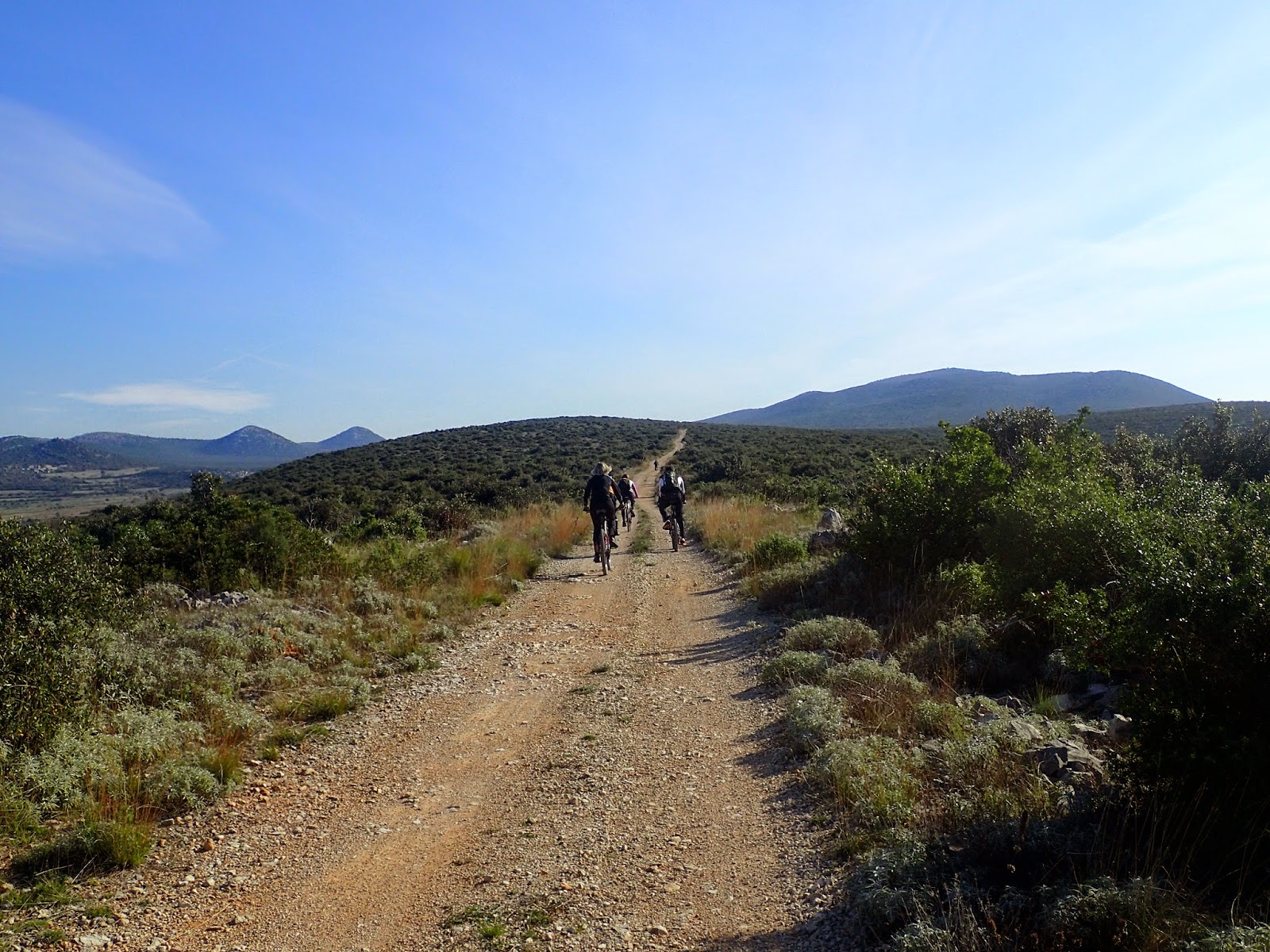There are too many
little villages around the isle of Hvar with just a few inhabitants, and some
with none at all. Living monuments to traditional architecture and lifestyle of
the age gone by, these villages can still offer worthwhile advice for living in
our modern times.
When you’re hooked
onto a good memory, distance means nothing: the power of a recovered memory of
your old home will bring you straight back to the backyard of the days gone by.
Old homes, forgotten and neglected victims of irresponsibility, are as many in
Croatia as are rare intentions to restore them to life. With tradition dying
out, what will Croatia offer to guests in the future? Surely not all of them
are solely into modern buildings and sightseeing? Old, traditionally built
houses attract many foreign visitors to Croatia, but that part of our cultural
heritage is still ignored by the “higher” powers.
.jpg) |
| Malo Grablje |
As the years pass, the infrastructure decays and these houses and villages are getting farther and farther from the eye of the modern society. What makes them special, though, is the lifestyle they promise. Tranquility and freshness of nature, as well as the splendid isolation, make the old houses of the isle of Hvar especially attractive to foreign guests. Cruises may well show you the best of Dubrovnik’s fancy palaces, but you won’t find much tranquility on a cruiser.
.jpg) |
| Malo Grablje |
.jpg) |
| Male Rudine |
The options offered by European Union funding have inspired many to start dreaming of returning to their roots, to old villages that kept their purity and calm. Dalmatians have always been defined by their past, cherished it and preserved it, all the while questioning their very right to live in that beautiful place. There are as many as six thousand dilapidated, abandoned villages, all with sleeping potential to be someone’s dream come true; the dream of freedom. This yearning for carefree living is a direct consequence of too many years spent under the yoke of modern society – it is no longer only the very rich elite to long for their little peaceful corner of paradise, no longer the ultimate goal of the smart and educated top layers of society: it’s becoming a dream of the masses. The middle class is on the prowl for the picturesque: places like Humac, Velo and Malo Grablje, Zarače, Brusje lure with their promise of a life soothing the body and the soul. Now more than ever before we are ready to throw whatever we thought defined us and rush into the thrill of unpredictable future.
-.jpg) |
| Sveta Nedjelja's cave |
The isle of Hvar from the perspective of these villages feels more deserted than anything else, like a place struck by disaster and abandoned in a hurry – there are only things left behind, no new objects to sully the landscape. This virgin island is a place of self-reinvention, a place that teaches how to give with ease. To bring it back to life we must think things through, search inside ourselves for enthusiasm and goodwill, make only conscious moves. Certainly, the financial value of real estate will be the core of such a project, but the island would profit best if brought from the brink of oblivion by locals or their descendants, people who could spark life in many areas of life, from ecology (agriculture before anything else) to art (workshops, galleries, independent film festivals like the ones in Grožnjan and Zagvozd), building connections between smaller groups and thus building new communities of permanent inhabitants.
.jpg) |
| at Berti's - Malo Grablje |
Peaceful island living in its essence is in public interest when viewed as inspiration to turn all corners of the country into developed, stable areas, and it is therefore crucial for the state to support these “reanimation” projects, especially when it comes to application of strict laws concerning traditional architecture restoration, seeing how many developers bend ecology-oriented rules much too easily. Maybe we should make them lay back and look at the starlit sky, listen to the old stone houses tell their history – that is an experience money cannot buy.
.jpg) |
| Humac |
Courtesy of Yachts Croatia
www.yachtscroatia.com
Text :Damir Vrdoljak Mandeta
Photo: Ivo Pervan, croActive-holidays
.jpg)
.jpg)
.jpg)













.jpg)




.jpg)
.jpg)
.jpg)
.jpg)
.jpg)

.jpg)
.jpg)

.jpg)
.jpg)

















